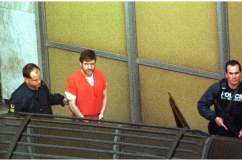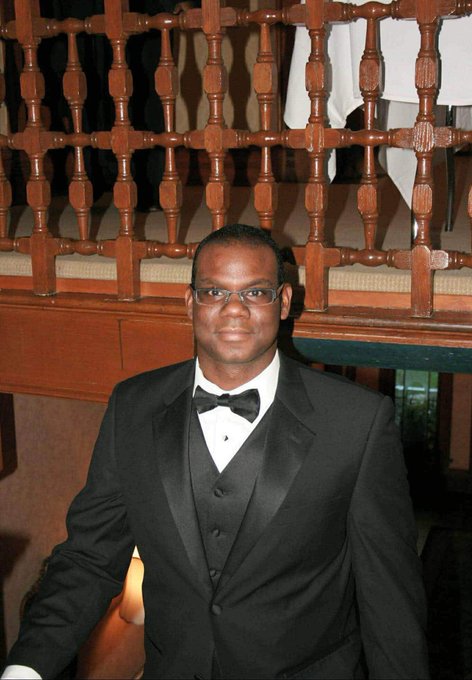
Will Grote, one of the two latest victims in what are believed to be serial Austin bombings, is the son of an administrator at the Texas Department of Agriculture.
Will Grote – the son of William “Butch” Grote – and Colton Mathis were named as the men who suffered significant injuries when an explosive device activated by a “tripwire” went off as they walked with a bicycle along a busy Austin roadway. Reporter Sean Collins Walsh of the Austin American-Statesman first reported the men’s identities. The men were in stable condition after the blast, according to the Austin police chief. The Austin bombings now number four, all in March 2018, and earlier blasts killed two men – Draylen Mason and Anthony House – and injured two other people.
Authorities have not yet confirmed the identifies of Grote and Mathis, but Grote’s grandfather confirmed Will Grote was among the victims to the Associated Press.
A reward for information leading to the bomber or bombers’ apprehension has reached $115,000. The bombings – which have drawn parallels to the Unabomber by some – have terrified the Texas community, especially as the bomber has shifted methods from package bombs left unattended at people’s homes to a tripwire.
Here’s what you need to know:
1. Will Grote’s Dad Has Held a Variety of Important State Jobs

William “Butch” Grote
On his LinkedIn page, Will Grote’s dad wrote, “I’m an energetic and educated professional wanting to help infuse your company with a fresh new perspective and ideas that stem from strong team building, analytical, management, people and general business skills that I can effectively apply to your company in an effort to help you achieve your goals and objectives.”
In his role as chief information officer with the Department of Agriculture, the father “provides leadership for the agency’s technology roadmap, management of information technology services, automation systems, systems architecture, security, disaster recovery, business continuity, applications development, analysis, design and technology operations.” He’s held the position for almost three years. His other duties with the agency include setting the agency’s “strategic plan, manage and set standards for the agency’s IT budget, goals and policies.”
William Grote, the dad, was previously operations manager for the Texas Facilities Commission, a District Vice Chairman for the Boy Scouts of America, a business and systems analyst for the State Department of Transportation, and president and owner of WAG Consulting. The latter job was described on his LinkedIn page as “I’ve had a successful software, hardware and network consulting company for the past 18 years, serving many companies and state agencies in the greater Austin area.”
2. Will Grote & Colton Mathis Were Injured When They Detonated a Tripwire Device
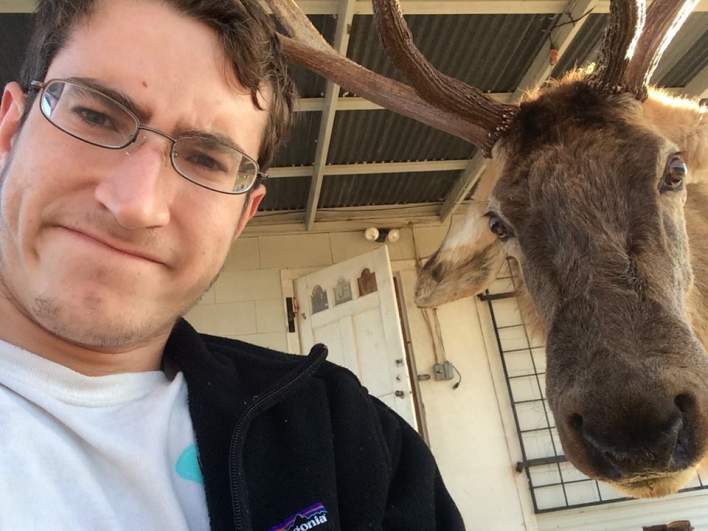
Will Grote
A “tripwire” next to a fence was used by what authorities now suspect is a “serial bomber” to set off the fourth explosion that injured Grote and Mathis in Austin, Texas on March 18, 2018.
In a series of news conferences, the Austin police chief said the two men were either riding or pushing bicycles on the sidewalk. In the other three March 2018 explosions, people picked up packages that exploded. A tripwire is a wire that activates a device when someone comes into contact with it, such as tripping on it, authorities said. They said that Grote and Mathos were “Anglo males” ages 22 and 23 who are in stable condition but suffered significant injuries. The two men who died in the previous blasts were African-American from prominent families.
The tripwire angle means the bomber, if it is indeed the same person, has shifted tactics in a way that seems random.
In a press conference held at 1:30 a.m. on March 19, the police chief had first broached the possibility of a tripwire, saying, “We have a safety message we want to get out to our community… there have been reports in the media that this device was triggered by a tripwire, and we are here to say that is a possibility. We understand that those reports are out there, and it is very possible that this device was activated by someone either handling, kicking or coming in contact with a trip wire that activated the device. So that changes things in that our safety message to this point has been about the handling of packages…we now need the community to have an extra level of vigilance and pay attention to any suspicious device whether it be a package, a bag, a backpack, anything that looks out of place, and do not approach it.”
The latest bombing injured two men in their 20s, emergency management officials confirmed. “FINAL: Critical Incident @ 4800blk Dawn Song Dr (correct incident address), Only 1 incident location has been confirmed. #ATCEMSMedics have transported X2 ~20’s Males to SAMC w/serious, but not expected to be life-threatening injuries. Refer all inquires to @Austin_Police,” wrote Austin-Travis County EMS on Twitter of the second bombing on March 18.
The county EMS initially reported another explosion on Eagle Feather Drive. However, it later turned out that this explosion was believed to be the same as the first one.
3. The Two Deceased Victims Were Members of Prominent African-American Families in Austin
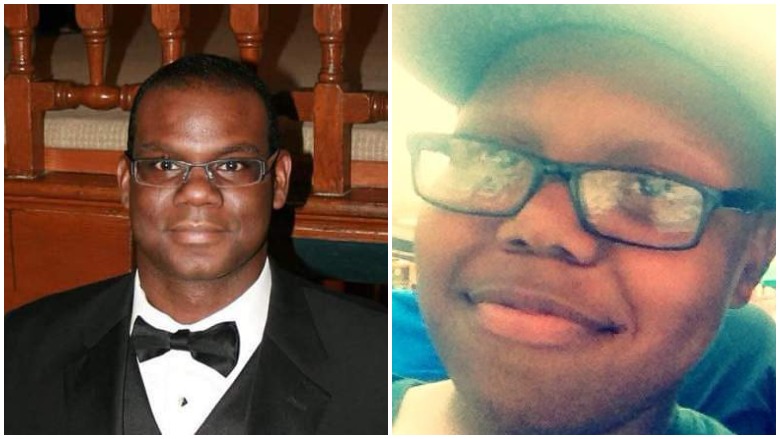
FacebookDraylen Mason and Anthony House.
Grote and Mathis represent a new victimology for the attacker. The previous victims were ethnic minorities, leading some to argue the bombings are a hate crime. Authorities said they still have not ruled that in or out. The same is true of a terrorism motive.
The first bombs arrived in cardboard packages and exploded when they were opened. “What caused this in these instances was a suspicious package that no one was suspecting or expecting,” Austin Mayor Steve Adler said before the latest blast.

FacebookAnthony Stephan House
Anthony Stephan House died when a package arrived at his home and exploded on March 2. He was the first victim of the bomber. House, 39, lived in the Harris Ridge neighborhood of Austin, Texas. A package arrived at his home in the early morning hours, and it contained a device that exploded when the package was opened. House was the married father of a young child.
House graduated from Texas State University – San Marcos in 2008. He obtained a bachelor of business administration from the university. According to his Facebook page, House worked as a senior project manager at Texas Quarries, a company that supplies Texas limestone to clients all over the United States. According to his LinkedIn page, he had worked on projects for companies including Toyota One north American Headquarters, UT Education and engineering School, and UT Robert Rowlin Hall.
Draylen Mason, 17, was the second victim to die in the package bombs that were delivered to Austin homes. “Mason was killed Monday morning when a package exploded in the kitchen of his Austin home as it was being opened. His mother is in stable condition,” CNN reported. Mason was a talented musician.
According to his Facebook page, he was a Bassist at Interlochen Center for the Arts, Principal Double Bass at Austin Youth Orchestra, and Principal Bassist at Austin Soundwaves. He went to East Austin College Prep and was from Austin, Texas.
Mason and House were prominent members of Austin’s African-American community. An unidentified woman of Hispanic heritage was also wounded in another blast. Before March 18, there were three explosions, two dead and two injured.
4. Grote’s Grandpa Says the Victims Were ‘Bleeding Profusely’ & Nails Exploded Out of the Device
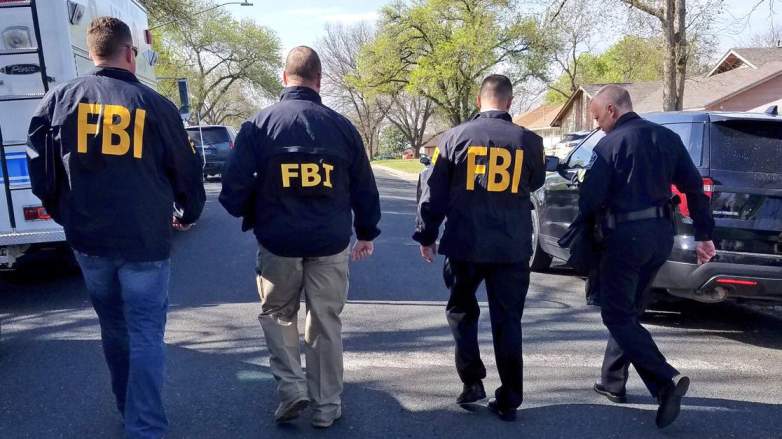
Austin PoliceAustin Police Chief Brian Manley walks with FBI agents at the scene of one of three package explosions in the Texas city.
The grandfather of Will Grote, who is also named William Grote, told the Associated Press that “the blast left what appeared to be nails stuck below his grandson’s knees.”
Grote told AP that his grandson “was cognizant but still in a lot of pain while remaining hospitalized. Grote says one of the two was on the sidewalk and the other riding a bike in the street when the blast occurred, knocking “them both off their feet,” and causing profuse bleeding, AP reports.
5. Police Suspect the Bombings Are Related
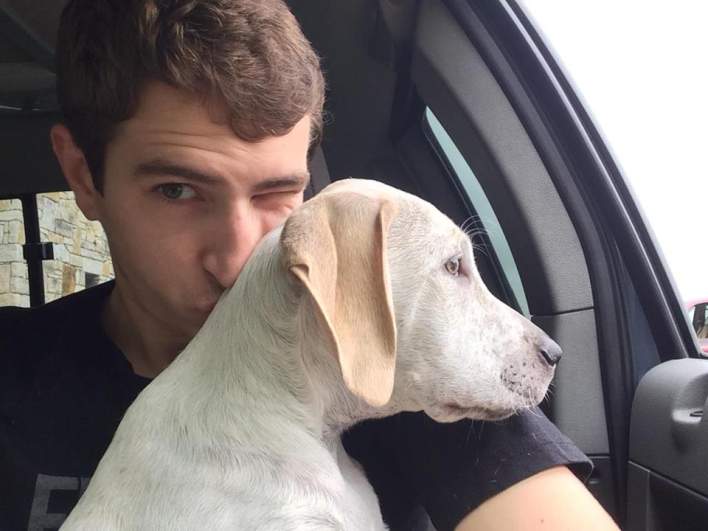
Will Grote
Authorities say that they’ve seen the bomber’s or bombers’ hallmarks present in all of the devices, but the attacker is growing in sophistication with the Grote and Mathis attack. “We have seen similarities” between the most recent device and the three earlier explosions, the police chief, Brian Hanley, said in a March 19 news conference. “The big difference in this device is that we believe a tripwire was used in this device,” the police chief said. “The believe that we are dealing with someone using tripwires shows a higher level of sophistication and a high level of skill.” They aren’t clear whether it’s terrorism or hate crime related or whether the bomber has another motive.
The police chief also said that school buses wouldn’t be sent into the neighborhood where the latest device was found on the morning after the latest attack. Police are also asking residents in the area around the blast to stay in their homes on Monday morning, March 19, until 10 a.m., while police work to clear the area. People with emergencies who need to leave their residences are asked to call 911.
“We’re working on the belief they’re connected,” the chief said when asked whether the latest explosion was related to the other three that have terrorized Austin. However, he said laboratory tests will be needed to confirm that. The chief also confirmed that the explosion was from a “bomb.” When asked whether nails were used, he said, “These explosions are using different projectiles.”
“Be aware…we’ve got trip wires there in the grass. They’re going to…pull them back. We’ve got some more stuff active right there,” an officer says at one point to dispatchers. You can listen to that moment in the scanner here. It comes at about 6:45 in.
On March 12, another explosion “severely wounded a 75-year-old Hispanic woman. Her name has not been released. She was in critical condition,” CNN reported. She was the third victim. The woman found a mysterious package left outside her home. She picked it up and it exploded before she opened it, according to The Los Angeles Times.
You can learn more about House and Mason here:
